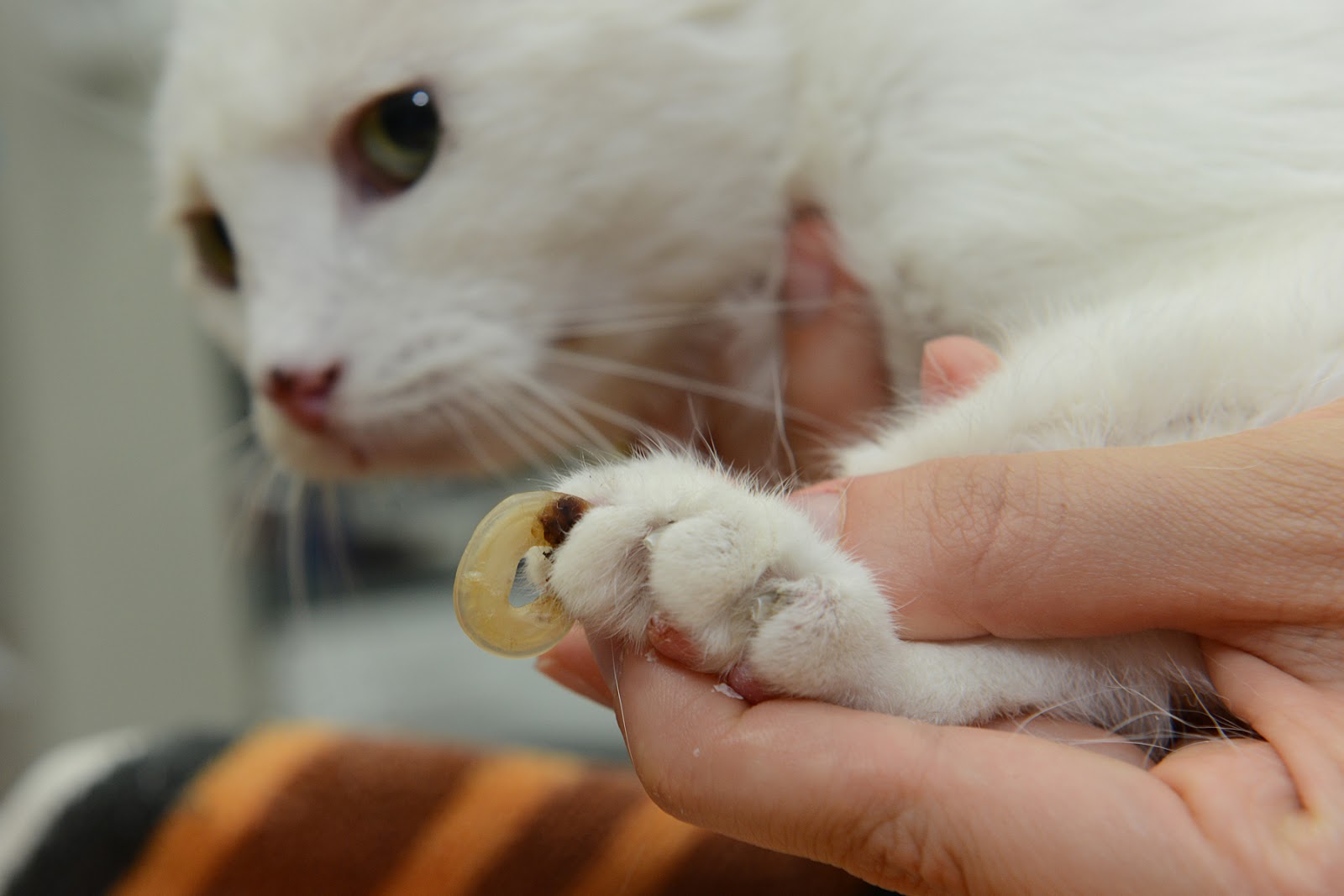Understanding Cat Ingrown Nails: A Comprehensive Guide For Cat Owners
Cats are known for their agility and elegance, but like any other pet, they can face health issues that require attention. One such issue is the cat ingrown nail, a condition that can cause discomfort and pain to your feline friend. As a responsible cat owner, understanding this condition is crucial for ensuring your cat's well-being. In this article, we will explore what cat ingrown nails are, how to identify them, and what you can do to prevent and treat this issue.
Ingrown nails, also known as nail bed infections or claw problems, occur when a cat's claw grows into the surrounding skin rather than outward. This can lead to inflammation, infection, and significant discomfort for your pet. Recognizing the signs of an ingrown nail early on is vital to prevent further complications and ensure your cat remains happy and healthy.
In addition to being uncomfortable, a cat ingrown nail can also lead to behavioral changes in your pet. Cats may become less active, avoid using their litter box, or even exhibit signs of aggression due to pain. It's essential for pet owners to be aware of these changes and take prompt action if they suspect their cat is suffering from this issue. In the following sections, we will delve deeper into the causes, symptoms, treatment, and prevention of cat ingrown nails.
What Causes Cat Ingrown Nails?
Understanding the underlying causes of cat ingrown nails is crucial for effective prevention and treatment. Here are some common factors that can lead to this condition:
- Improper nail trimming: If a cat's nails are not trimmed regularly, they can grow too long and curl inward.
- Genetics: Some breeds may be more prone to ingrown nails due to their nail structure.
- Obesity: Overweight cats may struggle to groom themselves properly, leading to neglected nail care.
- Injury or trauma: A previous injury to the paw can lead to abnormal nail growth.
What Are the Symptoms of Cat Ingrown Nails?
Identifying the symptoms of cat ingrown nails is essential for timely intervention. Common signs to look out for include:
- Visible redness or swelling around the nail bed
- Discharge or pus from the affected area
- Excessive licking or biting at the paws
- Changes in walking or reluctance to use the affected paw
How Can You Treat Cat Ingrown Nails?
If you suspect your cat has an ingrown nail, it’s essential to consult a veterinarian for proper diagnosis and treatment. Here are some common treatment options:
- Trimming the affected nail: A veterinarian may carefully trim the nail to relieve pressure.
- Antibiotics: If an infection is present, your vet may prescribe antibiotics to treat it.
- Warm compresses: Applying a warm compress can help reduce swelling and promote healing.
- Surgery: In severe cases, surgical intervention may be necessary to remove the ingrown nail.
Can You Prevent Cat Ingrown Nails?
Prevention is always better than cure. Here are some tips to help prevent cat ingrown nails:
- Regular nail trimming: Trim your cat's nails every 2-4 weeks to prevent overgrowth.
- Provide scratching posts: Encourage your cat to use scratching posts to naturally wear down their claws.
- Maintain a healthy weight: Ensure your cat is at an ideal weight to promote proper grooming habits.
- Routine veterinary check-ups: Regular vet visits can help spot potential issues before they become serious.
Are Certain Breeds More Prone to Ingrown Nails?
Yes, some cat breeds may be more susceptible to ingrown nails due to their physical characteristics. Breeds with more rounded or curled claws may have a higher chance of developing this condition. It's essential for owners of these breeds to be especially vigilant about nail care.
What Should You Do If You Discover an Ingrown Nail?
If you notice signs of an ingrown nail in your cat, here’s what you should do:
- Stay calm and assess the situation.
- Do not attempt to trim or treat the ingrown nail on your own.
- Contact your veterinarian for an appointment.
- Monitor your cat's behavior and keep them comfortable until you can see the vet.
When Should You Seek Veterinary Attention?
It's vital to seek veterinary attention if you observe any of the following:
- Severe swelling or redness
- Persistent limping or avoidance of the affected paw
- Signs of infection, such as pus or foul odor
- Changes in appetite or behavior
Conclusion: Keeping Your Cat's Nails Healthy
As a cat owner, it's your responsibility to ensure your feline friend remains healthy and happy. By understanding the condition of cat ingrown nails, recognizing the symptoms, and taking preventive measures, you can significantly reduce the risk of this uncomfortable issue. Regular nail care, a healthy lifestyle, and prompt veterinary attention are essential for maintaining your cat's overall well-being. Remember, your cat relies on you to keep them safe and comfortable, so make it a priority to stay informed and proactive about their health.
Unleashing Creativity With A Furry PFP Maker
Discovering The Unique Blend Of Fashion And Function: Rick Owens Vans
Unveiling The Mystery Behind Drakes Meat Video


